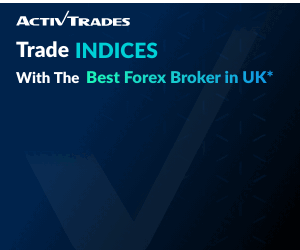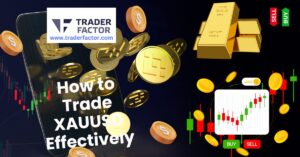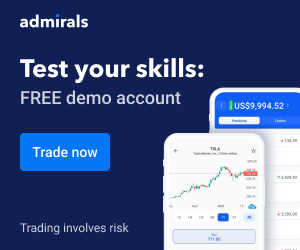When you want to start trading forex, you may be curious about what forex leverage is and how it works? Imagine having the ability to amplify your FX trading potential and increase your profits 24 hours a day, with just a small investment.
Well, to trade forex with leverage allows you to do just that, trade forex more. In this article, we will explore what trading futures forex financial markets with leverage is all about and provide you with a clear understanding of its advantages and risks.
Overview Forex Leverage
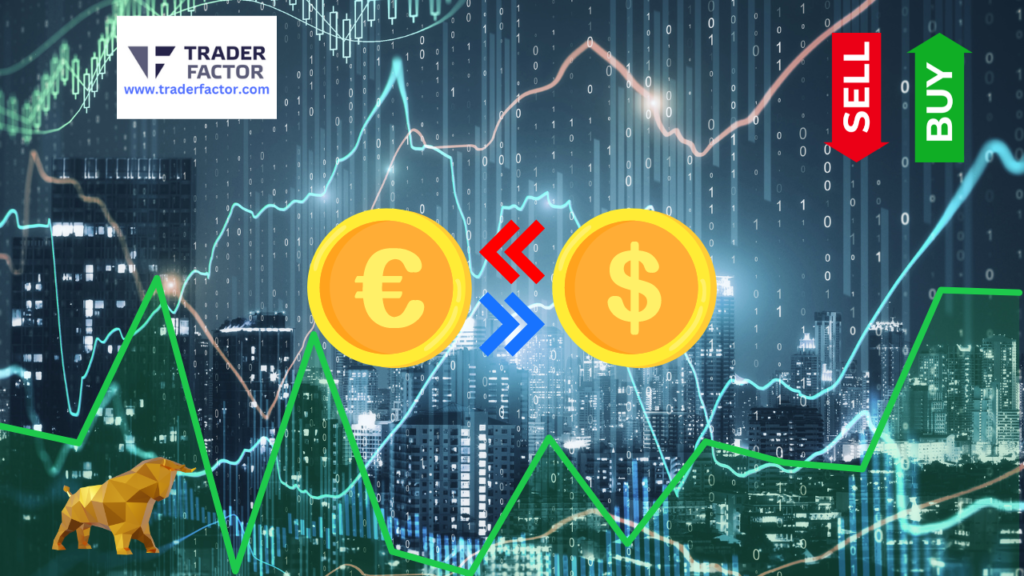
Have you ever wondered how experienced forex traders can make substantial profits with minimal investments?
With this leverage ratio, you can control a position size of $1,000,000 in the market.
Based on your analysis, you decide to enter a long position (buy) on EUR/USD.

Let’s assume that the forex price of EUR/USD increases by 50 pips, from 1.2000 to 1.2050. Each pip in this example represents a change of 0.0001 in the foreign exchange put rate.
However, it’s important to note that leverage amplifies both profits and losses. If the trade had moved against you by 50 pips, you would have incurred a loss of $50, which would represent a 50% loss on your initial investment.
This example highlights the importance of careful risk management, setting appropriate stop-loss orders, and continuously monitoring the market to make informed trading decisions.
How does Leverage work in Forex Trading?

Leverage can be a powerful tool in forex trading, allowing you to maximize your potential gains.
Nonetheless, it is essential to understand the risks involved and employ proper risk management strategies to protect your capital.
Leverage ratio
Leverage in forex trading refers to the ability to control a larger position in the foreign exchange market with a smaller amount of capital. It is expressed as a ratio, such as 1:50 or 1:100. This ratio determines how much you can magnify your own currency trading position.
For example, with a leverage ratio of 1:100, you can control a position that is 100 times larger than your actual investment.

Margin requirement
To use leverage, you need to have a margin account with a forex broker. The margin is the amount of money you need to deposit in order to open and maintain a leveraged position. The margin requirement is typically a percentage of the total value of the position.
For instance, if the margin requirement is 2%, and you want to control a position worth $10,000, you would need to deposit $200 as margin.
Increased buying power
One of the main advantages of leverage in forex trading is the increased buying power it provides.
Let’s say you have $1,000 in your trading account and you choose a leverage ratio of 1:100. With this ratio, you can control a position worth $100,000. This enables you to take advantage of small price movements in the market and potentially generate larger profits.
Profit and loss amplification
While leverage can amplify your potential profits, it can also magnify your losses. Since you are controlling a larger position with a smaller amount of capital, even a small adverse price movement can result in significant losses.

It is crucial to manage risk carefully and set appropriate stop-loss orders to protect your account from excessive losses.
Margin calls and stop-outs
When trading with leverage, you need to be aware of margin calls and stop-outs. A margin call occurs when the equity in your account falls below a certain percentage of the margin required to maintain your positions.
In such cases, you may be required to deposit additional funds or close some of your positions. If you fail to meet a margin call, a stop-out may occur, and your broker may automatically close your positions to prevent further losses.
Benefits of Forex Leverage
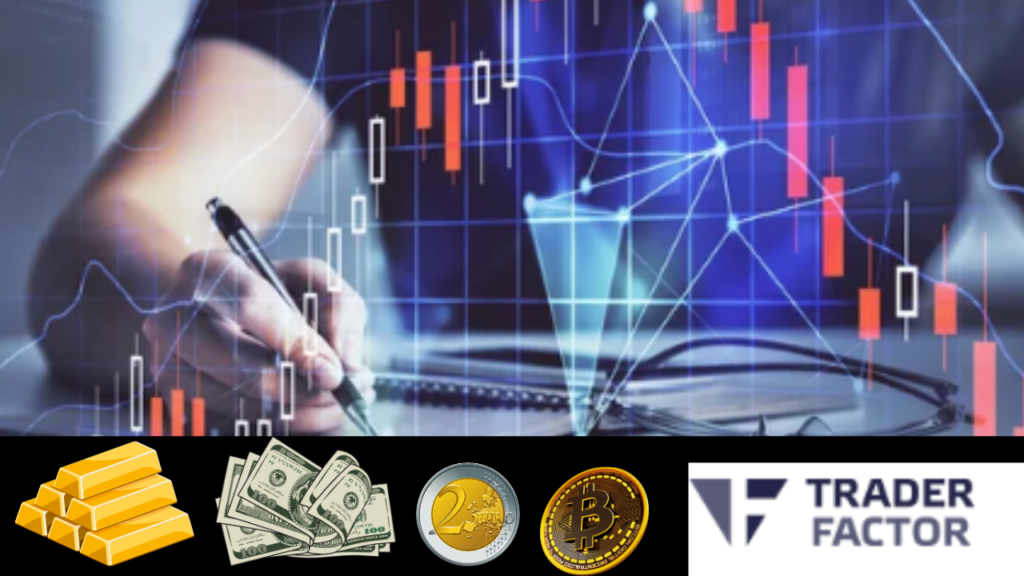
Increased trading power
One of the primary benefits of using leverage in forex trading is the increased trading power it provides. With leverage, you can control a larger position in the market with a smaller amount of capital.
This allows you to take debt relative purchase assets to participate in larger trades and potentially generate higher profits. Without leverage, you would need a significant amount of capital to trade in large positions.
Enhanced profit potential
Leverage amplifies your potential profits in forex trading. By controlling a larger position, even small price movements can result in substantial gains. For example, if you have a leverage ratio of 1:100 and the market moves in your favor by 1%, your profit will be magnified by 100 times.
The ability to amplify profits makes leverage an attractive tool for traders looking to capitalize on short-term price fluctuations.

Diversification and market access
Leverage also allows traders to diversify their portfolios and access a wider range of markets. With smaller amounts of capital, you can enter multiple trades across different currency pairs, commodities, indices, and more.
Ultimately diversification of currency markets helps spread risk and can potentially increase your chances of finding profitable trading opportunities to sell currencies in other markets.
Capital efficiency
Using leverage in forex trading allows you to make the most efficient use of your capital. Instead of tying up a significant amount of your funds in a single trade, you can allocate your capital across multiple trades and take advantage of various market opportunities.
The advantage is that it enables private investors for you to maximize potential returns while managing risk effectively.
Risks of Forex Leverage
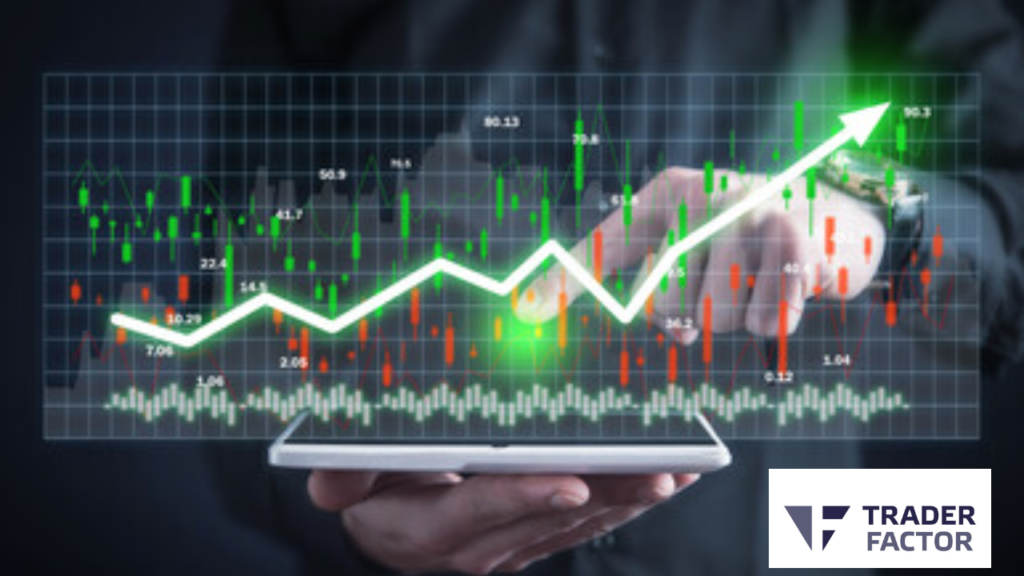
Increased exposure to losses
One of the significant risks associated with forex leverage is the increased exposure to losses. While leverage can amplify profits, it can also magnify losses.
Even a small adverse price movement can result in significant losses, potentially exceeding the initial investment. Traders must carefully manage risk and employ stop-loss orders to limit potential losses.
Excessive leverage in the global forex markets, supply and demand, trading, can pose significant risks.
Let’s consider the largest market currency pair GBP/USD, with a leverage ratio of 1:100 and a capital of $5,000. With this good financial leverage ratio, you can control a position size of $500,000 in major currencies on the market.
Now, imagine you open a trade with a 1% allocation, which is $50. With the leverage, you have control over a position worth $5,000.

Unfortunately, the trade goes against you, and the price of GBP/USD drops by 100 pips every 24 hours a day, from 1.4000 to 1.3900. Each pip represents a change of 0.0001 in the exchange rate.
With the 100-pip decline, your loss amounts to $100 (100 pips x $1 per pip).
This represents a 200% loss on your initial investment of $50 ($100 loss / $50 initial investment).
In this scenario, excessive leverage has magnified your losses, wiping out your entire initial investment and leaving you with a negative balance if your broker allows it.
Margin requirements and liquidation risk
Leverage requires traders to maintain a certain amount of margin in their trading accounts. If the market moves against them, and their account equity falls below the required margin level, they may face a margin call.
A margin call can lead to the forced closure of positions, known as liquidation, potentially resulting in further losses. It is crucial to monitor margin requirements closely and ensure sufficient funds are available to avoid margin calls.
Emotional impact
Trading with leverage can have a significant emotional impact on traders. The amplified gains and losses can provoke intense emotions, such as fear and greed, which can cloud judgment and lead to impulsive decision-making.

It is essential for traders to remain disciplined and stick to their trading strategies, even during periods of high volatility or substantial gains/losses.
Overexposure to market volatility
Leverage can expose traders to heightened market volatility. Since leveraged positions are larger than the actual investment, even small price fluctuations can have a significant impact forward market move. Rapid market movements can result in substantial gains or losses within a short period.
Traders need to be prepared for increased market volatility and have robust risk management strategies in place.
Common Mistakes to Avoid When Using Leverage in Forex
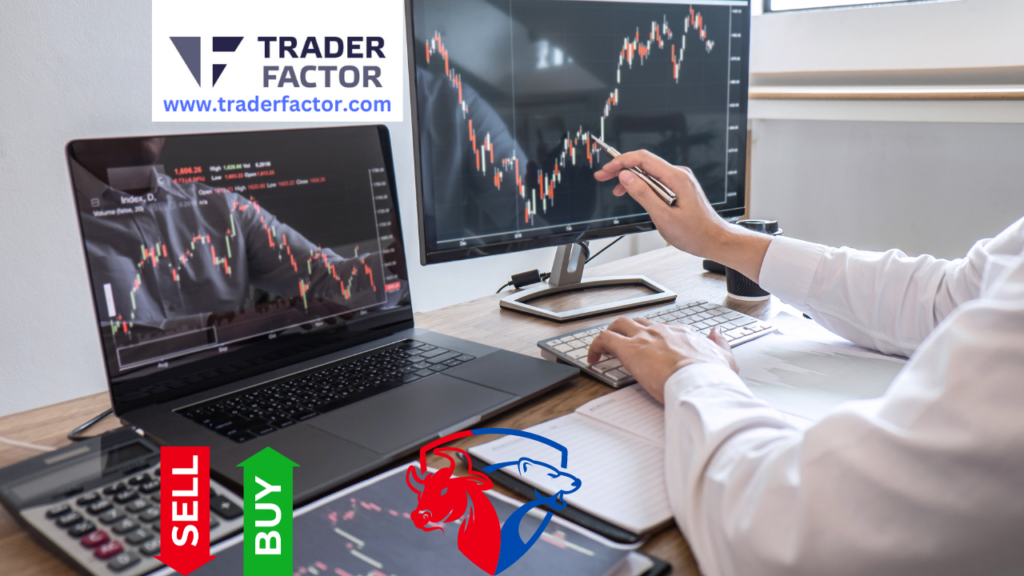
Excessive leverage
One of the most common mistakes traders make when using leverage is taking on excessive levels of leverage. While leverage can amplify profits, it also magnifies losses.
Using too much leverage can quickly deplete trading capital and increase the risk of margin calls or liquidation. It is essential to choose a leverage ratio that aligns with your risk tolerance and trading strategy.
Lack of risk management
Another common mistake is a lack of proper risk management. Trading with leverage requires careful risk assessment and the implementation of risk management strategies.
Traders should set appropriate stop-loss orders to limit potential losses and avoid risking a significant portion of their capital on a single trade. Failure to manage risk effectively can result in substantial losses.

Ignoring market volatility
Ignoring market volatility is a critical mistake when trading with leverage. Leveraged positions are more susceptible to rapid price movements and increased volatility. Failing to consider market conditions and volatility can lead to unexpected losses or missed opportunities.
Traders should stay informed about market trends, news events, and economic indicators that can impact currency prices.
Overtrading
Overtrading is a common pitfall for traders using leverage. The allure of amplified profits can lead to excessive trading, where traders open multiple positions without a well-defined strategy.
Overtrading can increase transaction costs, reduce focus, and increase the potential for emotional decision-making. It is important to maintain discipline and only take trades that align with a clearly defined plan.
Neglecting to understand leverage
A crucial mistake is not fully understanding how leverage works. Traders should thoroughly educate themselves about leverage, including its benefits and risks.
Understanding concepts such as margin requirements, leverage ratios, and the impact of financial leverage ratios on position sizes is essential. Neglecting to understand leverage can lead to poor decision-making and potential financial losses.

Chasing losses
Chasing losses is a common mistake that traders using leverage should avoid. After experiencing a loss, some traders may feel the urge to take higher risks in an attempt to recover their losses quickly. However, this can lead to further losses and a downward spiral.
It is important to approach trading objectively and stick to a well-defined strategy, rather than making impulsive decisions driven by emotions.
Lack of practice and experience
Using leverage without sufficient practice and experience is a significant mistake. It is essential to gain practical experience and develop a solid understanding of trading principles before utilizing leverage.
Traders should practice on demo accounts, study market trends, and refine their strategies before risking real capital. Lack of experience can lead to poor decision-making and costly mistakes.
Strategies for Effectively Utilizing Leverage in Forex Trading

Understand leverage and its implications
Before using leverage in forex trading, it is crucial to fully understand how it works and its implications. Educate yourself on key concepts such as margin requirements, leverage ratios, and the potential risks involved.
Having a clear understanding of leverage will help you make informed decisions and manage your trades effectively.
Determine your risk tolerance
Every trader has a different risk tolerance level. Assess your risk tolerance by considering factors such as financial goals, investment capital, and personal comfort with risk.
Understanding your risk tolerance will help you determine the appropriate leverage ratio to use in your trades.
Develop a comprehensive risk management plan
A robust risk management plan is essential when using leverage in forex trading. Define your risk limits, set stop-loss orders, and establish a maximum percentage of your trading capital that you are willing to risk per trade.
By implementing a risk management plan, you protect yourself from excessive losses and ensure financial position and long-term sustainability in the market.

Start with lower leverage ratios
When starting out with leverage, it is advisable to begin with lower leverage ratios. This allows you to become comfortable with the impact of leverage on your trades without exposing yourself to excessive risk.
As you gain experience and confidence, you can gradually increase your leverage ratios.
Trade with a solid trading strategy
Having a well-defined trading strategy is crucial when using leverage. Your strategy should include entry and exit criteria, risk management guidelines, and a clear understanding of market conditions.
Stick to your strategy and avoid impulsive decisions driven by emotions. A solid trading strategy helps to maintain discipline and consistency in your trading.
Practice proper position sizing
Proper position sizing is essential when using leverage. Determine the appropriate position size based on your risk management plan and the leverage ratio. Avoid overexposing yourself to the market by taking on positions that are too large for your account size.
Proper position sizing ensures that you can manage your trades effectively and control your risk.
Stay updated on market conditions
Market conditions can impact currency prices and volatility. Stay updated on economic indicators, news events, and technical analysis to make informed trading decisions.
Understanding the current market environment helps you adjust your leverage usage accordingly and avoid unnecessary risks.

Continuously educate yourself
Forex trading is a dynamic field, and continuous education is key to success. Stay updated on industry trends, attend webinars or seminars, read relevant articles and books, and follow reputable sources for market analysis.
Continuous education helps you refine your skills, adapt to changing market conditions, and make better use of leverage in your trading.
Margin-based Leverage

Margin-based leverage in forex trading refers to the practice of borrowing funds from a broker to control larger positions in the market. It is based on the concept of margin, which acts as collateral for the leveraged position.
When using margin-based leverage, traders are required to maintain a certain percentage of the total position value in their account as margin. This margin serves as a cushion against potential losses and protects the broker from the risk of default.
Let’s illustrate using the international currency as pair USD/JPY:
Suppose you have a trading account with a leverage ratio of 1:50 and a capital of $10,000. With this leverage, you can control a position worth $500,000 in the futures market.
To enter a trade on USD/JPY, let’s say you decide to allocate 2% of your capital, which is $200. With a leverage ratio of 1:50, you will need to provide a margin of 2% of the total position value ($10,000) as collateral.
In this case, the margin required would be $10,000 multiplied by 2%, which equals $200. You would need to ensure that you have at least $200 in your account to open this trade.

Now, let’s assume the exchange rate for USD/JPY is 110.00, and you believe that the US dollar will strengthen against the Japanese yen. Based on your analysis, you decide to enter a long position (buy) on USD/JPY.
With a position size of $500,000 and a margin requirement of $200, the remaining capital in your account would be $9,800 ($10,000 – $200).
Suppose the price of USD/JPY increases by 100 pips, from 110.00 to 111.00. Each pip represents a change of 0.01 in the exchange rate.
Since you have control over a position worth $500,000, a 100-pip increase would result in a profit of $5,000 (100 pips x $50 per pip). This represents a 25% return on your initial capital of $10,000.
However, it is important to note that if the trade had moved against you by 100 pips, you would have incurred a loss of $5,000, which would have wiped out your entire initial capital and potentially triggered a margin call.
Margin-based leverage allows you to control larger positions with a smaller amount of capital. However, it also increases the risk of losses and potential margin calls.
It’s vital to monitor their positions closely, manage risk effectively, and maintain sufficient margin in their accounts to avoid liquidation.
Trade Size and Forex Leverage

The relationship between the futures markets, spot forex and forwards market both, leverage and trade size is intertwined.
Forex leverage allows traders to control larger positions in the either spot market or forward forex market, with a smaller amount of capital. Trade size, on the other hand, refers to the volume or number of units traded in a particular transaction.
Leverage determines the amount of capital required to open and maintain a position, while trade size determines the quantity of currency pairs being traded. The combination of leverage and trade size determines the total value of the position.
Suppose you have a trading account with a leverage ratio of 1:100 and a capital of $10,000. With this leverage, you can control a position size of $1,000,000 in the market.
Now, let’s consider a currency pair, such quote base currency such as one currency EUR/USD, with an exchange rate of 1.2000. You decide to enter a long position (buy) on base currency EUR/USD.
You want to allocate 1% of your capital, which is $100, to this trade. With a leverage ratio of 1:100, you can control a position worth $10,000.

To determine the trade size, divide the total assets and allocated capital ($100) by the leverage ratio (100).
In this case, your trade size will be $1 per pip (trade size = allocated capital / leverage ratio).
If the price of physical exchange, of one currency, EUR/USD moves by 50 pips, each pip representing one major currency, and a change of 0.0001 in the exchange rate, your profit or loss would be $50 (50 pips x $1 per pip).
Therefore, in this example, the leverage of 1:100 allowed you to control a larger position of $10,000 with only $100 of allocated capital.
The trade size was determined based on the allocated capital and leverage ratio, resulting in a $1 per pip trade size.
Frequently Asked Questions About Forex Leverage
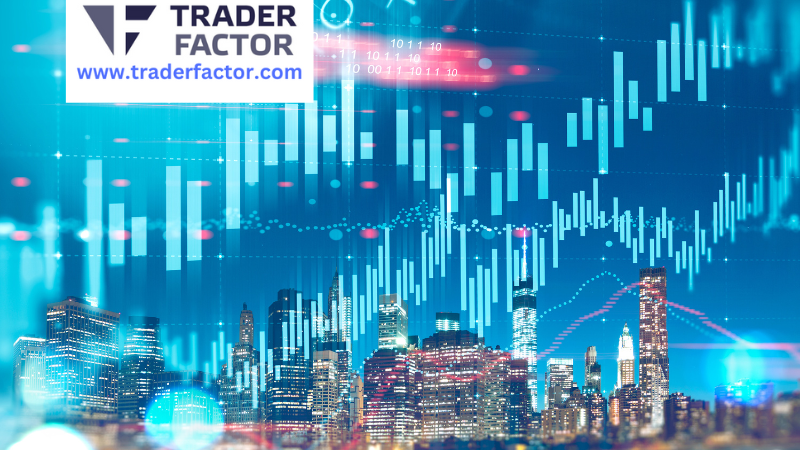
What is leverage in forex trading?
Leverage in forex trading refers to the ability to control a larger position in the market with a smaller amount of capital when trading world’s various currencies are traded together. It allows traders to amplify their potential profits and losses.
How does leverage work in forex?
Let’s say you have a leverage ratio of 1:100. This means that for every $1 of your own capital, you can control a position of $100 in the stock market. If you have $1,000 in your account, you can potentially control a position worth $100,000.
Why do traders use leverage in forex?
Traders use leverage in FX market to take advantage of small price movements and generate larger profits. It enables them to trade larger positions with less capital, maximizing their potential returns.
What are the risks of using leverage in forex?
The main risks of leverage include increased interest rate risk, exposure to losses, margin requirements and liquidation risk, emotional impact of financial obligations, and overexposure to market volatility. These risks can lead to significant financial losses if not managed properly.
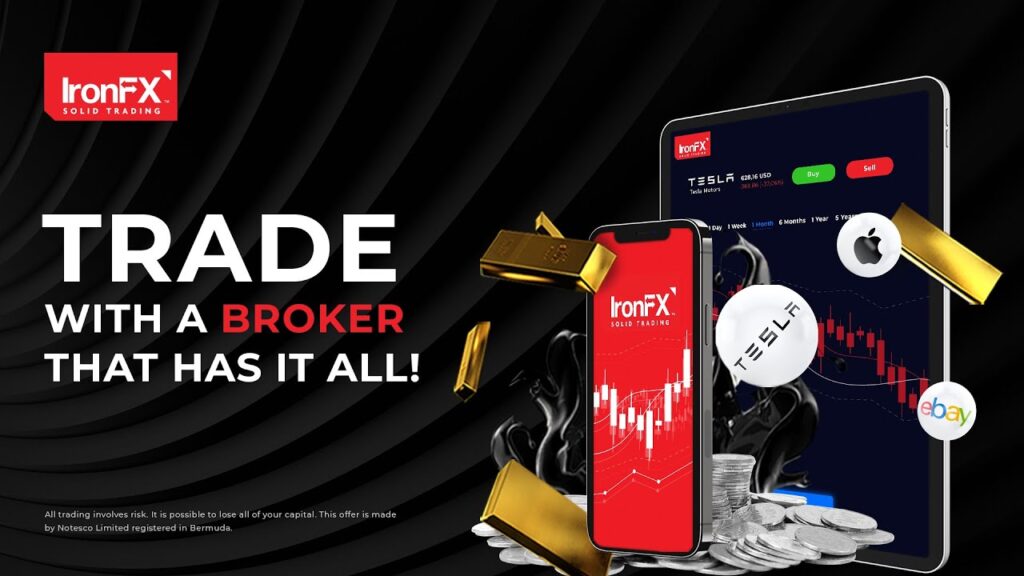
What is a leverage ratio in forex market?
A leverage ratio represents the amount of capital a trader can control in relation to their own investment. For example, a leverage ratio of 1:50 means that for every $1 of capital, a trader can control $50 in the market.
What is the maximum leverage available in forex trading?
The maximum leverage available varies among brokers and jurisdictions. In some cases, it can go up to 1:500 or even higher. However, it is important to note that higher leverage ratios also come with increased risk.
How does leverage affect profit potential?
Leverage amplifies both profits and losses. While it can increase potential profits, even a small adverse price movement can result in significant losses. Traders need to carefully manage their risk and employ proper risk management techniques.
Is leverage a form of borrowing?
Leverage in forex trading is not exactly borrowing money, in the traditional sense. It allows traders to control larger positions in the market without needing to provide the full capital upfront. Instead, traders provide a margin, which acts as collateral for the leveraged position.

Can I lose more than my initial investment with leverage?
Yes, when using leverage, it is possible to lose more than your initial investment. If a trade moves against you and your losses exceed your account balance, you may face a margin call and your positions may be liquidated.
How do margin requirements work with leverage?
Margin requirements represent the amount of capital a trader needs to maintain in their account to support their most leveraged trading positions. If the market moves against them and their account equity falls below the required margin level, they may face a margin call.
Can leverage be used for all types of forex trading strategies?
Yes, leverage can be used for various forex trading strategies, including day trading, swing trading, and long-term investing. However, the appropriate level of leverage may vary depending on the strategy and the trader’s own currency risk tolerance.
Are there any restrictions on using leverage in forex?
Some jurisdictions have imposed restrictions on leverage in forex trading to protect retail traders. These restrictions may limit the maximum leverage ratio and exchange rates that can be offered by brokers trade in forex transactions alone commercial banks.
How can I manage the risks associated with high leverage?
To manage the risks associated with leverage, it is crucial to set stop-loss orders, diversify trades, employ proper risk management techniques, and continuously monitor market conditions. Education and experience also play a vital role in managing leverage effectively.

Does leverage affect the cost of trading?
Leverage itself does not directly affect the cost of trading. However, higher leverage ratios may require larger margin deposits, which can tie up more capital and potentially increase trading costs.
Is leverage suitable for all traders in foreign exchange market?
Leverage is not suitable for all traders. It requires a good understanding of the risks involved and proper risk management skills. Traders should carefully assess their risk tolerance and trading experience before utilizing leverage in forex trading.
Read These Next
The Winning Mindset for Weekend Forex Trading
Essential Education for Taxes on Forex Trading
What is a Margin Level in Forex?
Forex Breakout Strategy: A Guide for Profitable Trading
Forex Consolidation Breakout Strategies for Traders
Master Forex Flag Pattern Strategy for Profit
Disclaimer:
All information has been prepared by TraderFactor or partners. The information does not contain a record of TraderFactor or partner’s prices or an offer of or solicitation for a transaction in any financial instrument. No representation or warranty is given as to the accuracy or completeness of this information. Any material provided does not have regard to the specific investment objective and financial situation of any person who may read it. Past performance is not a reliable indicator of future performance.
Author
-

Zahari Rangelov is an experienced professional Forex trader and trading mentor with knowledge in technical and fundamental analysis, medium-term trading strategies, risk management and diversification. He has been involved in the foreign exchange markets since 2005, when he opened his first live account in 2007. Currently, Zahari is the Head of Sales & Business Development at TraderFactor's London branch. He provides lectures during webinars and seminars for traders on topics such as; Psychology of market participants’ moods, Investments & speculation with different financial instruments and Automated Expert Advisors & signal providers. Zahari’s success lies in his application of research-backed techniques and practices that have helped him become a successful forex trader, a mentor to many traders, and a respected authority figure within the trading community.
View all posts





